Want to add a hotel stay or change your flights?
Just call our team of cruise specialists to help build your dream cruise holiday today!
Prices based on 2 people sharing. Cruise only price does not include flights. Fly-cruise price may vary by chosen UK airport.
(Prices correct as of today’s date, are updated daily, are subject to change and represent genuine availability at time of update).
Cruise only holidays are financially protected by ABTA. Fly cruise holidays are financially protected by Oceania Cruises under ATOL number 10527
Please click here to check the essential travel requirements before booking this cruise.
Itinerary

Panama City
Expect incredible morning views as you arrive into the port for Panama City. Tinged with a silver pre-dawn light, the city will metamorphosise into a golden glow as the sun rises above it. And from then on expect one stunning view after another. Very interesting in its own right, Fuer... Read More
Panama City
Panama City
Panama Canal Transit
Cartagena
Santa Marta
Oranjestad
Willemstad
Kralendijk
Cruising the Caribbean Sea
Port Antonio
Sailing the Atlantic Ocean
Nassau
Miami, Florida
What's Included with
Oceania Cruises
Accommodation
Entertainment throughout the day and evening
Return flights included from a choice of UK airports (fly cruise bookings only)
WiFi included on-board
24-hour room service
Shuttle service to and from ports and airport where available
Unlimited soft drinks, bottled water and selected hot drinks
Complimentary in-suite bar in selected suites
Butler service in Penthouse Suites and above
1:1.6 staff to guest ratio
Explore Oceania Sirena








The Grand Dining Room
AN ELEGANT SETTING
The Grand Dining Room is a study in stateliness, a tribute to the spirit of Europe’s marquee five-star hotel restaurants that inspired its dignified yet convivial ambiance. Handsomely decorated in rich woods, designer tapestry fabrics and oversized armchairs, the expansive dining area exudes classic splendour. This signature dining experience has always offered a bevy of delicious Continental dishes, and now a fresh and new array of options brings you even more exciting choices, as well as an incredible spectrum of global flavours and an all new Executive Chef’s Tasting Menu. As variety is essential to your satisfaction, menus change daily with an expansive choice of at least 10 appetisers, soups and salads and 10 dinner entrées, along with healthy options such as Aquamar Vitality Cuisine, gourmet vegetarian selections and the most extensive array of plant-based dishes at sea.
Open for breakfast, lunch and dinner. No reservations required.



Shore Excursions
Our expert team of Destination Specialists curates imaginative destination experiences in more than 450 awe-inspiring ports around the globe, inviting you to experience the unique essence of each as you sail the world. In each of our ports, our shore excursions bring you original experiences designed for seasoned travellers seeking a slice of the local culture. Whether you love active outdoor adventures, explorations that delve into the region’s fascinating history or experiences that offer a taste of the local cuisine and cultural traditions, our shore excursions will introduce you to the best of the destination.
BEYOND BLUEPRINTS
Designed to enhance your appreciation for architecture, Beyond Blueprints tours provide a rare and behind-the-scenes look at some of the world’s most iconic and fascinating architectural landmarks.
CULINARY DISCOVERY TOURS
Widely recognised for its groundbreaking culinary enrichment both aboard its ships and ashore, Oceania Cruises connects you with the culinary culture wherever you travel.
EXECUTIVE COLLECTION
Allows guests to have the personalised attention of a driver and English-speaking guide to provide them with flexibility and independence to design their itinerary ashore according to their interests.
EVENING EXCURSIONS
More late evening departures and overnight stays in ports around the world mean ample opportunities for evening excursions.
FOOD & WINE TOURS
go green
GO GREEN TOURS
Go Green tours offer enriching opportunities to experience the ways in which local communities and businesses are endeavouring to conserve, sustain and elevate their surrounding environments.
GO LOCAL TOURS
Our groundbreaking new Go Local excursions are immersive destination tours that invite you to embed yourself in the fabric of the local communities for engaging, one-of-a-kind experiences.
OCEANIA EXCLUSIVE EXCURSIONS
Designed for travellers who prefer an added measure of privacy, intimacy and flexibility, our Oceania Exclusive excursions limit group size to just 16 guests maximum.
OCEANIA SELECT EXCURSIONS
While all our shore excursions offer extraordinary experiences, some are so outstanding and awe-inspiring that they merit special recognition.
WELLNESS DISCOVERY TOURS BY AQUAMAR
Our exclusive collection of wellness and healthy living tours invites you to nourish your mind, body and spirit in hand-picked locales across Europe, Asia, South America, Australia and beyond.
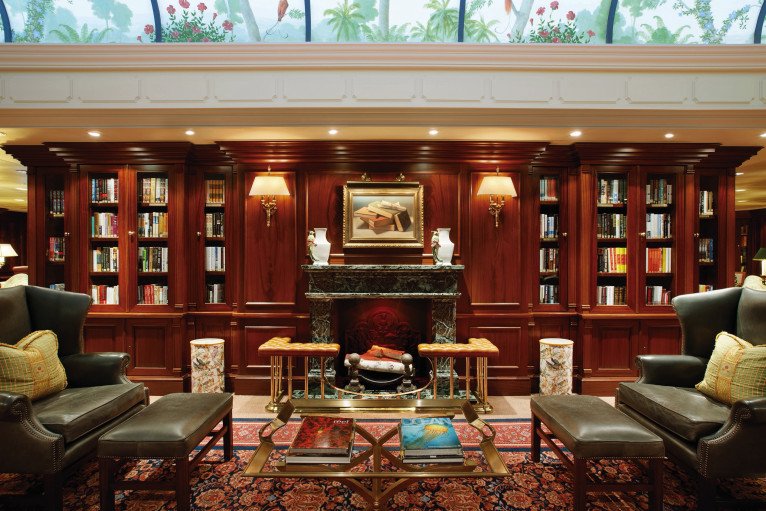











Library
Quietude at Sea
Pick up a steaming cappuccino and settle in to the welcoming ambiance of our classic library on board Sirena with the novel or bestseller you’ve been meaning to read. Read, relax and feel right at home with more than 2,000 books and periodicals to choose from as you sail from one destination to the next.
Just as sailing aboard Oceania Cruises recalls the elegance of the Golden Age of Travel, our inspired English-style library is reminiscent of a charming English country estate where you can while away the hours in ultimate comfort. There is something magical about the dark, rich woods; the plush high back chairs; the cozy fireplaces and rows of books lining the walls, each a new world waiting to be discovered.









Aquamar Spa + Vitality Center
NEW PATHS TO WELLNESS
Revel in the benefits of restorative therapies and treatments, savor healthy Aquamar Vitality Cuisine, enjoy immersive wellness experiences ashore, benefit from nutrition and lifestyle consultations, and so much more. You naturally enhance your well-being on board our ships because the entire experience nurtures that most cherished gift – your health and vitality.
BEYOND THE SPA
- Rejuvenating treatments and healing therapies
- Aquamar Vitality Cuisine and extensive plant-based menus in The Grand Dining Room
- Exclusive collection of Wellness Discovery Tours by Aquamar in global destinations
- State-of-the-art fitness centre and complimentary fitness classes
- Nutrition and lifestyle consultations
- Wellness presentations and enrichment lectures
- Aquamar Spa Terrace with thalassotherapy pool or whirlpools
- Steam room, fitness track and salon
Deck 11

- Shuffleboard
- Sun Deck
- Golf Putting Greenes
Deck 10

- Red Ginger
- Tuscan Steak
- Library
- Fitness Track
- Horizons
Deck 9

- Terrace Café
- Bar
- The Patio
- Waves Grill
- Whirlpools
- Pool
- Waves Bar
- Oceania @ Sea
- Card Room
- Aquamar Spa
- Fitness Centre
- Styling Salon
- Steam Rooms
- Spa Terrace
Deck 8

- Bridge
- Concierge Level Veranda
- Inside Stateroom
- Owner's Suite
- Penthouse Suite
Deck 7

- Concierge Level Veranda
- Deluxe Ocean View
- Inside Stateroom
- Owner's Suite
- Vista Suite
Deck 6

- Concierge Level Veranda
- Veranda Stateroom
- Deluxe Ocean View
- Ocean View Stateroom
- Inside Stateroom
- Owner's Suite
- Vista Suite
Deck 5

- Grand Dining Room
- Baristas Grand/Bar
- Upper Hall
- Boutiques
- Martinis
- Casino
- Lounge
- Dance Floor
- Stage
Deck 4

- Destination Services
- Reception Hall
- Concierge
- Medical Centre
- Deluxe Ocean View
- Inside Stateroom
Deck 3

- Ocean View Stateroom
- Tender Embarkation Area
Oceania Sirena Cabins & Suites

Inside Stateroom



Deluxe Ocean View Stateroom


Concierge Level Veranda Stateroom



Owner's Suite
Meet Our Luxury Cruise Concierge
Our luxury cruise concierge have been on board a vast array of the finest ships at sea and are always happy to share their first-hand experiences to help curate your dream ultra-luxury voyage. From advising you on the best cruise lines and ships to helping you select from a variety of phenomenal destinations and itineraries, your dedicated concierge is on hand to ensure booking your next cruise is as seamless, smooth and tailored to you as possible.

















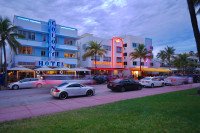

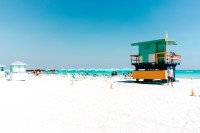




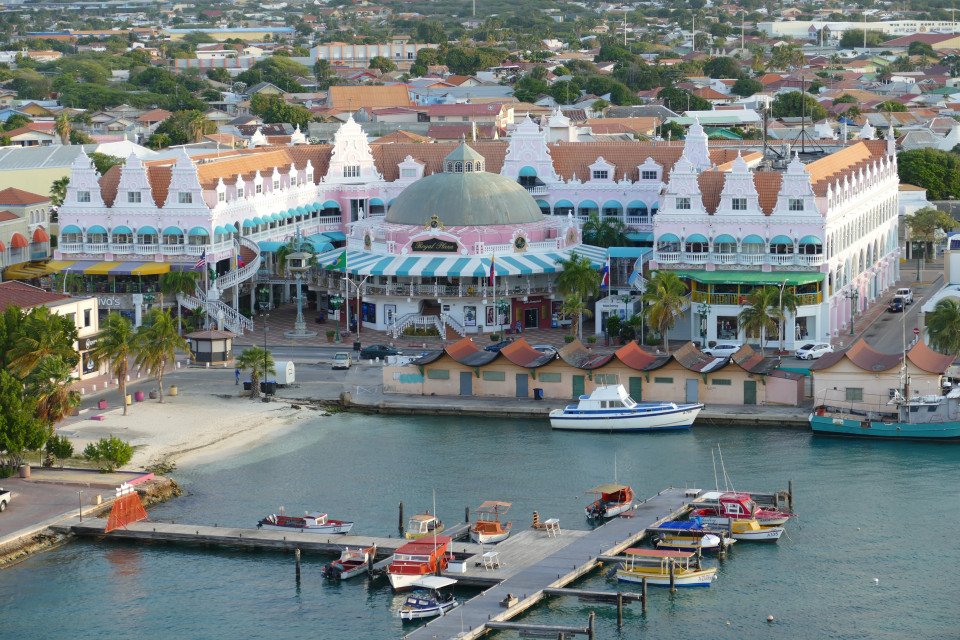






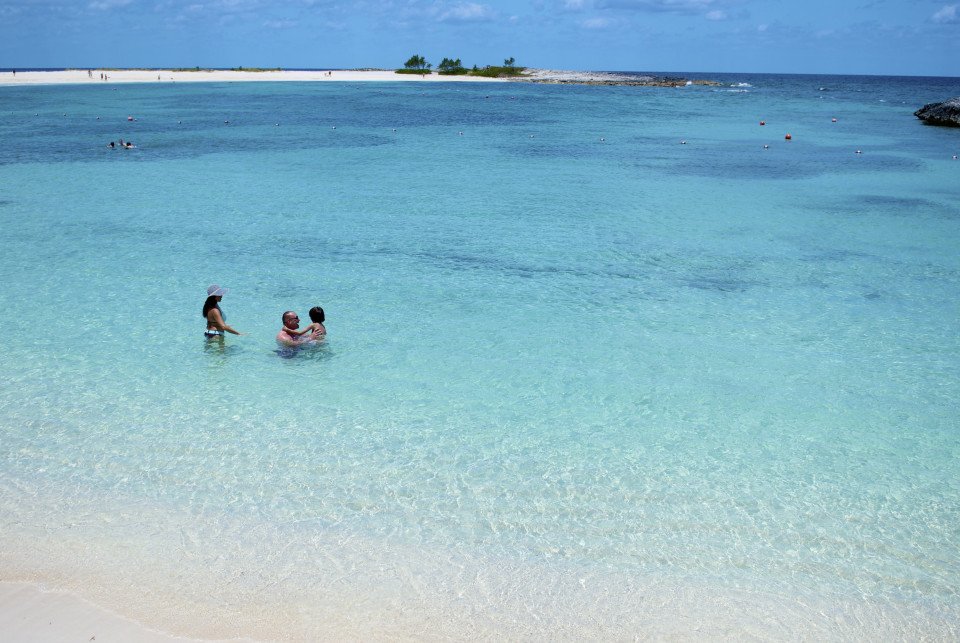




















-large_thumb.jpg)





-large_thumb.jpg)